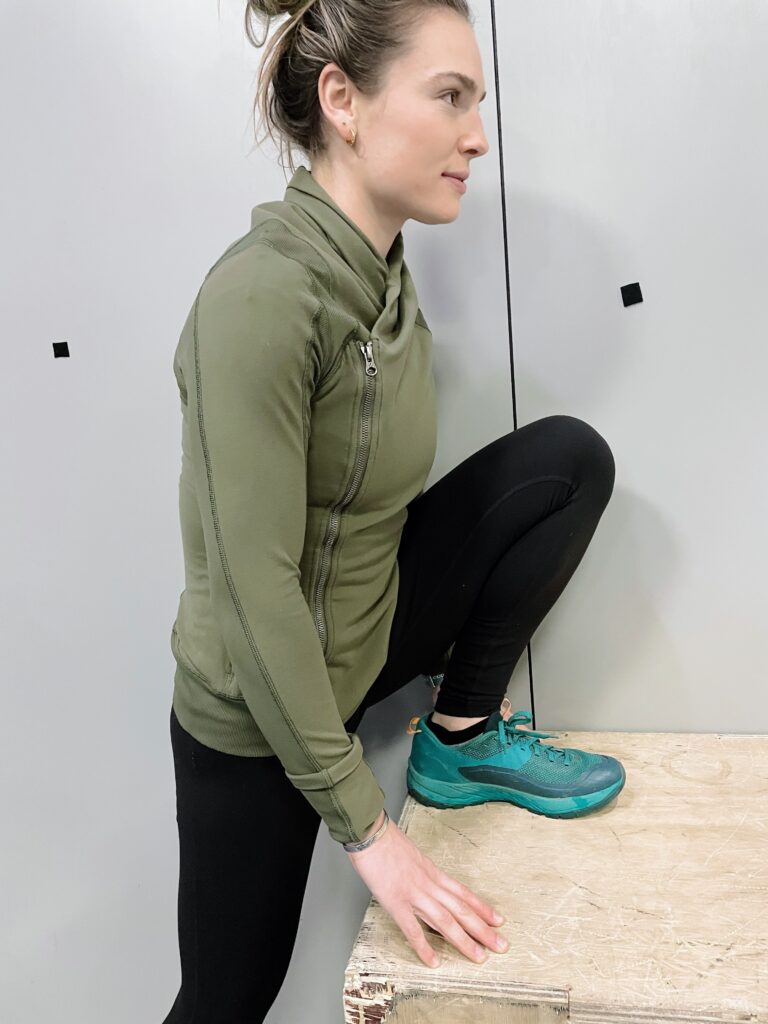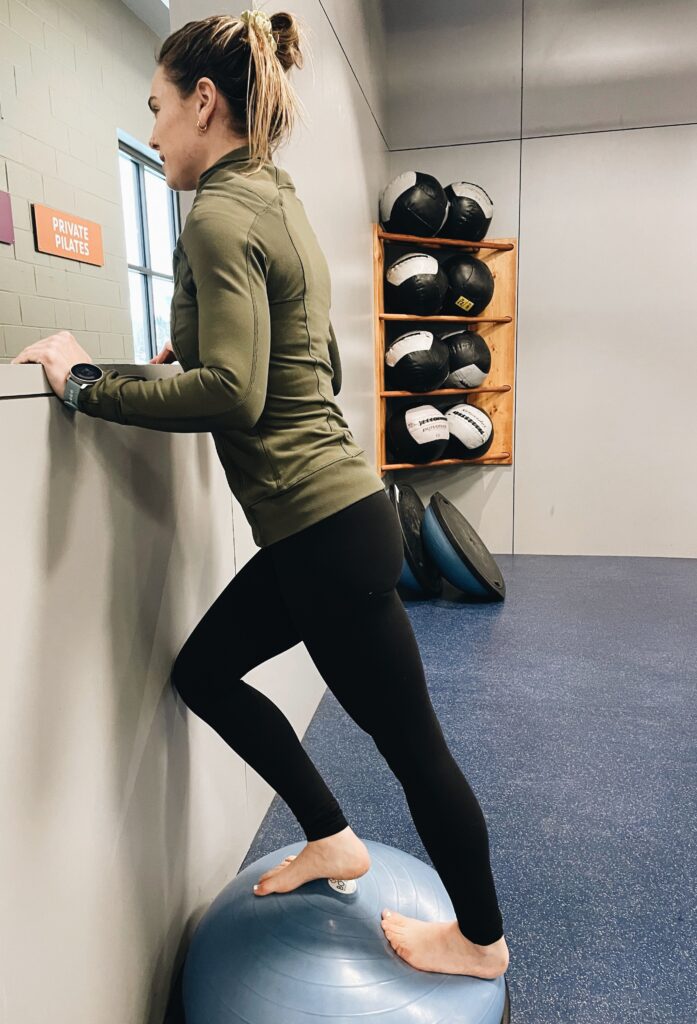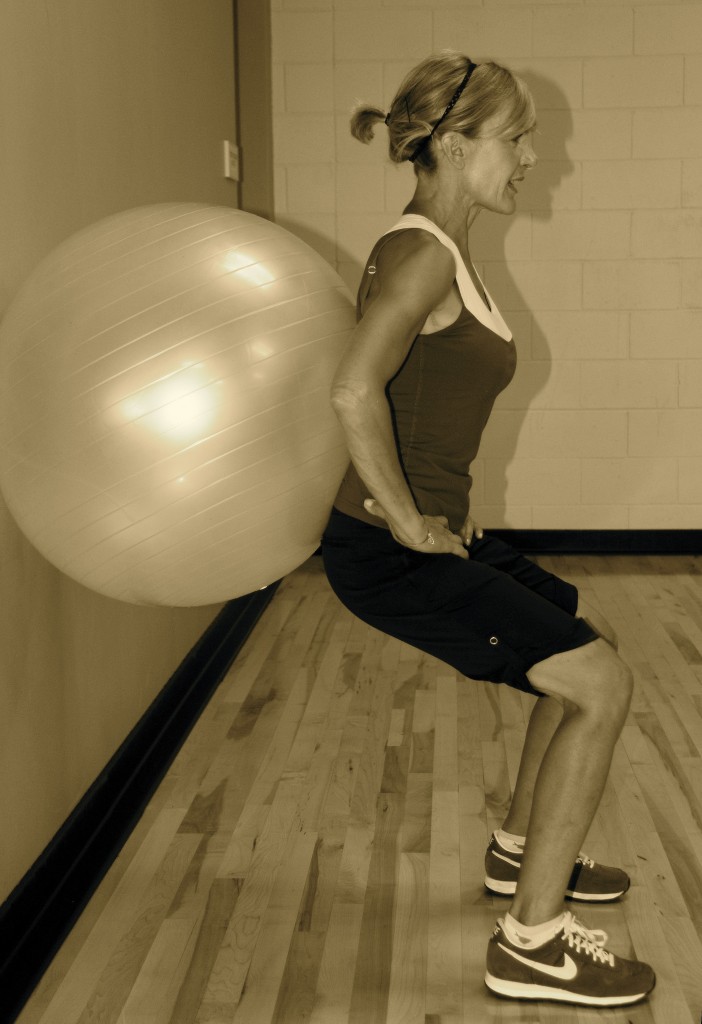The feet and ankles support and cushion the entire weight of the body and are crucial to keep your body balanced. Anyone that has to be on his or her feet all day knows that they bear a lot of pressure while standing. The foot includes 26 bones and 33 joints, all helping you simply stay upright. Added to that are 12 muscles involved in movement of the foot, plus to 19 intrinsic muscles, which support the arches and toes. One of the most important functions of your feet is that stress is distributed correctly though these structures and upwards throughout the entire body.
When it comes to better sports performance—and all weight-bearing activities such as walking and running—you can’t talk about the feet without including the ankles and lower legs. Two big muscles on the back of the leg, the gastrocnemius and soleus, provide movement, and are often tight or stiff. Both of these muscles attach to the heel via the Achilles tendon. These muscles play a big role when you flex your ankles. A limited range of motion in your ankles can affect your sports performance, balance and good squatting and lunge form.
The ankles have to bend. Dorsiflexion involves being able to bring the lower leg over the foot. It occurs anytime your foot hits the ground. If you were lucky enough to watch the Beijing Winter Olympics, consider a figure skater performing loops and axels or an alpine skier’s competing in the slalom or giant slalom events—all demonstrated stunning foot and ankle mobility and function.
Touch the wall test

A simple and objective way to see if you ankles aren’t tight is to do the “touch the wall” test.
Find a wall and place a ruler or measuring tape out from the baseboard. Place your foot at approximately 5 or 5.5 inches away from the wall. Be sure to have your foot straight. Keep your heel down as you try to touch the wall with your knee. If you can easily tap the wall, you have good ankle mobility. If you cannot, repeat this movement slowly for 15-20 times. Check your range after you include the following two stretches.
High-step ankle stretch

Place your foot on a high chair or gym box. Be sure to have the foot in neutral alignment. Slowly flex the knee forward to increase the stretch. You should feel it in your ankles and calf. (This is a more advanced stretch.) Repeat 10-12 reps.
BOSU Calf Stretch

This is an incredibly effective gastrocnemius and soleus stretch taught by Justin Price, one of the top musculoskeletal assessment and corrective exercise experts in the world. Stand on the round side on a BOSU ball with one leg in front of the other. (Place the BOSU against a wall for safety.) Push the heel of the back foot down into the BOSU, as you stand erect. Keep the heel down and rotate the back leg outward. Hold for a few seconds. Next, bend the knee of the back leg and rotate the leg inward (heel is still down). Perform 6–10 repetitions on both sides.
Published in the Idaho Mountain Express

